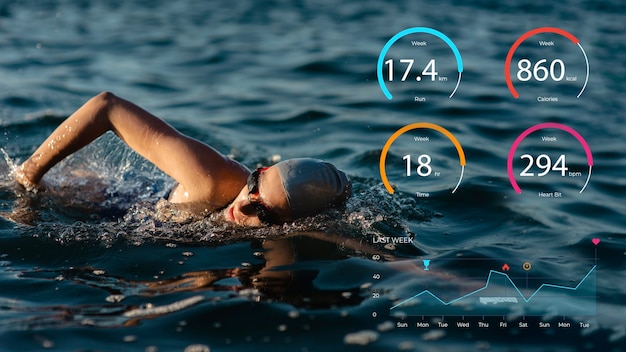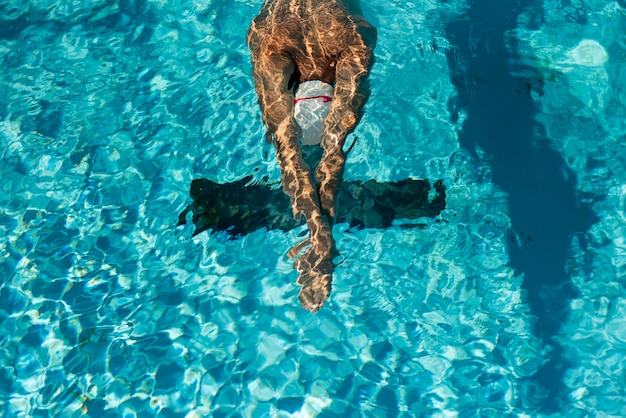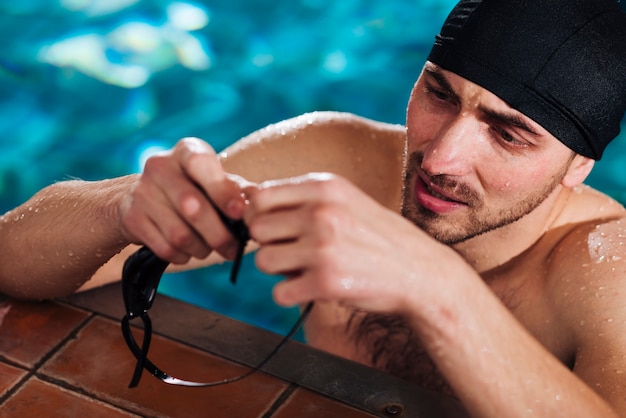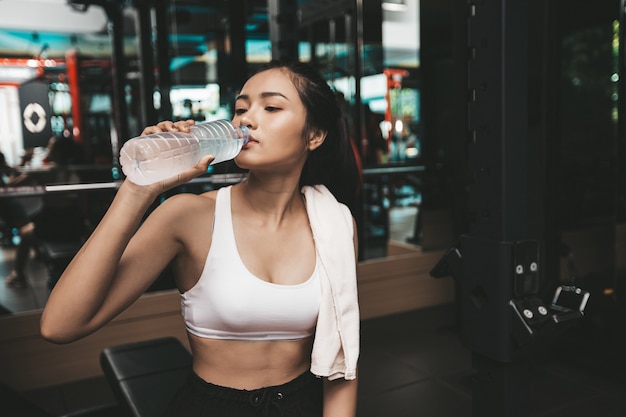Swimming is often praised for its full-body workout and low-impact nature, but one of its lesser-known benefits is its powerful role in improving hydration habits. While you might not feel sweaty in the pool, your body still loses fluids through exertion and constant exposure to chlorinated or salt water. The combination of physical activity and subtle dehydration makes swimming an ideal catalyst for building better hydration practices. Here are 8 science-backed strategies to help you hydrate smarter—using swimming laps as your foundation.
Beginning your swimming laps in the morning jumpstarts your metabolism and sets a tone of discipline. More importantly, it encourages early hydration. Drink 16–20 oz of water 30 minutes before your swim to prime your body. Morning swimmers are more likely to maintain consistent fluid intake throughout the day, according to hydration studies.

Turn your swim into a hydration tracker. Assign a hydration goal to each lap—such as drinking a few sips of water after every 4 laps. This method creates a rhythm between exercise and replenishment. Use waterproof markers or a smart swim watch to track intervals and remind yourself to hydrate during breaks.
Even in water, you sweat. Weighing yourself pre- and post-swim helps quantify fluid loss. For every pound lost, drink 16–24 oz of water to rehydrate. This measurable approach turns abstract hydration goals into tangible results and reinforces the importance of post-swim recovery.

Longer swim sessions (over 60 minutes) deplete electrolytes like sodium, potassium, and magnesium. Replenish with a low-sugar electrolyte drink or natural options like coconut water. This supports faster recovery and prevents cramping, especially in frequent swimmers.
Pair your swim schedule with a hydration journal. Note how many laps you complete, water intake, and how you feel (energy, alertness, muscle soreness). Reviewing this weekly helps identify patterns—such as low energy on days with poor hydration—and encourages adjustments.
Customize your water goals based on swim intensity. For example:
Leverage fitness trackers that estimate sweat loss and hydration needs. Some smart bottles sync with swim apps to remind you to drink based on your workout data. Weekly summaries help you stay accountable and celebrate milestones like "7 Days of Hydration Goals Met."
While swimming fast builds endurance, consistency builds habits. Reward yourself weekly for completing your swim routine and hitting hydration targets—non-food rewards like new swim gear or a massage work best. This positive reinforcement strengthens long-term adherence.
Swimming laps aren’t just about fitness—they’re a powerful tool for cultivating better hydration. By starting early, tracking progress, and aligning water intake with swim volume, you create a sustainable cycle of health. The key is consistency and measurement. When you see real results—more energy, better recovery, improved performance—you’ll be motivated to keep going.
Start this week: swim a few fast laps, log your water intake, and measure your progress every Sunday. Over time, you’ll not only become a stronger swimmer but also a more hydrated, healthier version of yourself.

Fitness

Fitness

Fitness

Fitness

Fitness

Wellness

Fitness

Fitness

Wellness

Wellness

Wellness

Health

Health

Fitness

Health

Health